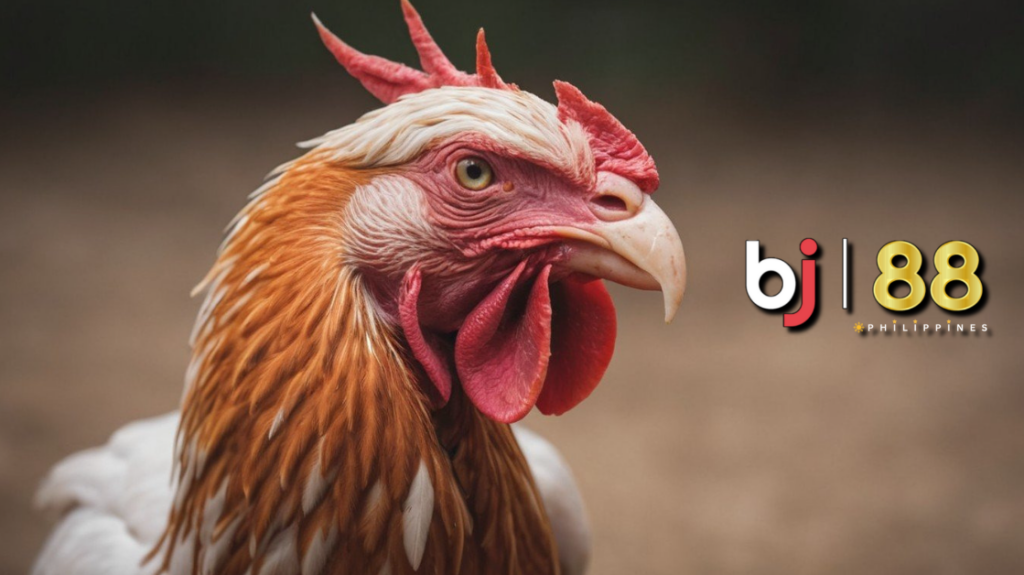Step into the colorful world of cockfighting and discover the fascinating evolution of Sabong slang, a rich tapestry of language that reflects the unique culture and traditions of this age-old sport. From colorful expressions to intricate terminology, delve into the linguistic landscape of Sabong and uncover the stories behind its vibrant vocabulary.

Cockfighting, known as Sabong in the Philippines and in other Southeast Asian countries, has a long and storied history dating back centuries. Alongside the fierce battles in the cockpit, another aspect of Sabong culture that captivates enthusiasts is its rich and diverse slang. This unique language, peppered with colorful expressions and specialized terminology, serves as a distinctive marker of identity within the cockfighting community.
In this article, we will embark on a journey through the evolution of Sabong slang, exploring its origins, development, and significance within the world of cockfighting. From its humble beginnings to its modern-day manifestations, Sabong slang offers a fascinating glimpse into the culture and camaraderie of this beloved sport.
TRACING THE EVOLUTION OF SABONG SLANG:
Origins of Sabong Slang The roots of Sabong slang can be traced back to the early days of cockfighting, where breeders, handlers, and enthusiasts developed a shared lexicon to communicate and strategize during matches. Drawing from various regional dialects and languages, Sabong slang emerged as a distinct form of communication within the cockfighting community.
1. Regional Influences One of the defining characteristics of Sabong slang is its diverse regional influences. As cockfighting spread throughout the Philippines and neighboring countries, different regions developed their own unique slang terms and expressions, reflecting local dialects and cultural nuances. From the rugged mountain provinces to the bustling urban centers, Sabong slang evolved organically, with each region contributing its own linguistic flair to the mix.
2. Integration of Spanish and English Over the centuries, Sabong slang has also incorporated elements of Spanish and English, reflecting the colonial history of the Philippines and the influence of foreign languages on the local vernacular. Spanish terms such as “gallo” (rooster) and “pico” (beak) are commonly used in Sabong slang, while English words like “cockpit” and “derby” have become integral parts of the lexicon. This linguistic fusion adds depth and richness to Sabong slang, further enhancing its complexity and diversity.
Modern-Day Expressions and Terminology In the contemporary era, Sabong slang continues to evolve and adapt to the changing landscape of cockfighting. With the advent of technology and social media, new expressions and terminology have emerged, reflecting the latest trends and developments in the sport. From hashtags and memes to slang terms inspired by pop culture, Sabong slang remains a dynamic and ever-changing aspect of cockfighting culture.
Conclusion:
In conclusion, the evolution of Sabong slang is a testament to the resilience and creativity of the cockfighting community. From its humble origins to its modern-day manifestations, Sabong slang serves as a vibrant reflection of the culture, camaraderie, and passion that define this beloved sport.
As cockfighting continues to thrive in the Philippines and beyond, Sabong slang will undoubtedly continue to evolve, adapt, and flourish, enriching the linguistic landscape of the sport for generations to come. Whether uttered in the heat of battle or exchanged between fellow enthusiasts, the colorful expressions and intricate terminology of Sabong slang will forever remain an integral part of the rich tapestry of cockfighting culture.
